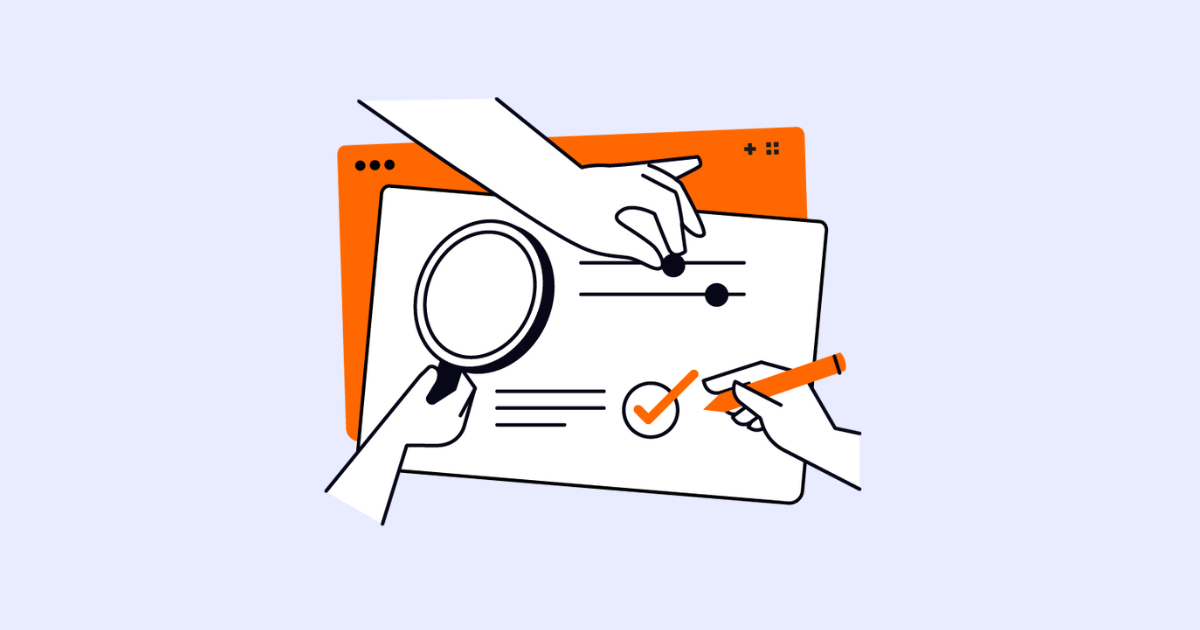
The AEO + AiSEO Blueprint for 2025 Securing Your Canonical Brand Authority
In the age of AI, brand defense means being the source, not the rank. AEO & AiSEO provide the framework for Enterprise leaders to structure content for direct citation, establish verifiable entity authority, and control the Synthetic Content Data Layer (SCDL) to guarantee accurate brand representation in generative answers.



